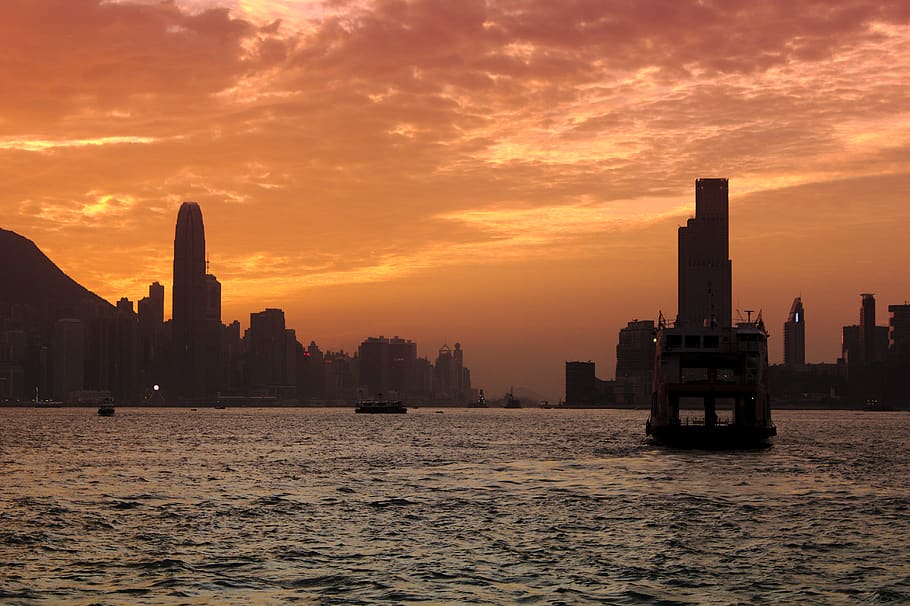Key sectors: all
Key risks: political violence; internal conflict
On 26 November a 50-strong group made up of security guards, councillors, Red Cross doctors and university management entered the Polytechnic University (PolyU) campus in Hung Hom to look for the handful of students believed to still be inside, while riot police remained stationed outside. The police siege of PolyU is in its final days, as exhausted protesters, some of them only teenagers, trickle out from the barricaded campus. The scenes at PolyU showed unprecedented levels of violence and while massive bloodshed has been avoided (so far), there is no end in sight for protests in Hong Kong. There remains strong public support for even the radical extremes of the anti-establishment movement, as demonstrated in the landslide victory of pan-democrats in district council elections on 24 November, which were essentially a referendum of support for the protests.
Since 17 November, hundreds of young radical protesters had turned the redbrick campus of PolyU into a fortress. A few days prior, protesters took to disrupting graduation ceremonies at Hong Kong universities, including PolyU, before the violence escalated significantly. Masked protesters clad in black erected barricades as police laid siege around the university. Police shot jets of water tinted with blue dye and mixed with chemical irritants, rubber bullets, and tear gas in an attempt to break protest lines. Radical protesters remained defiant as they responded with Molotov cocktails and projectiles such as bricks launched from makeshift catapults. Protesters also shot at police lines with bows and arrows, injuring one police officer who was shot in the leg. Police threatened to use lethal force as attacks did not cease. Exhausted, protesters soon began to trickle out from the university, many being arrested on the spot while others managed to escape. Minors were given safe passage to return home without immediate arrest, although they will likely be arrested at a later date. Between 17 November and 24 November, more than 1,000 people were arrested at PolyU.
Meanwhile, protests continued to erupt across the city, but the rallies were relatively peaceful and turnouts low, indicating that most of the radical elements of the protest movement were either in police custody or holed up inside PolyU. However, the relative calm in Hong Kong in recent days compared to earlier instances – as many as two million people to the streets in June – is not symptomatic of a loss of support for the anti-establishment movement. The district council elections on 24 November saw a record turnout of 71.2 per cent and pro-democracy parties won a landslide against the pro-establishment camp. The elections, widely perceived as a referendum on the protest movement, have shattered Chief Executive Carrie Lam’s claim that a “silent majority” of Hongkongers want stability and the preservation of the status quo.
After nearly six months of protests, the siege of PolyU brought the city uncomfortably close to mass bloodshed. The government appears to have won the PolyU battle, but the outcome of the district council elections will likely reinvigorate the protest movement, and there remains strong potential for a return to violent and disruptive unrest. China remains reluctant to use its troops to shut down the unrest. Instead, Beijing supports Hong Kong Police in “sternly enforcing law”, with pressure mounting to carry out mass arrests. In the longer term, Beijing will likely press the Hong Kong government to pass laws targeting protesters.



